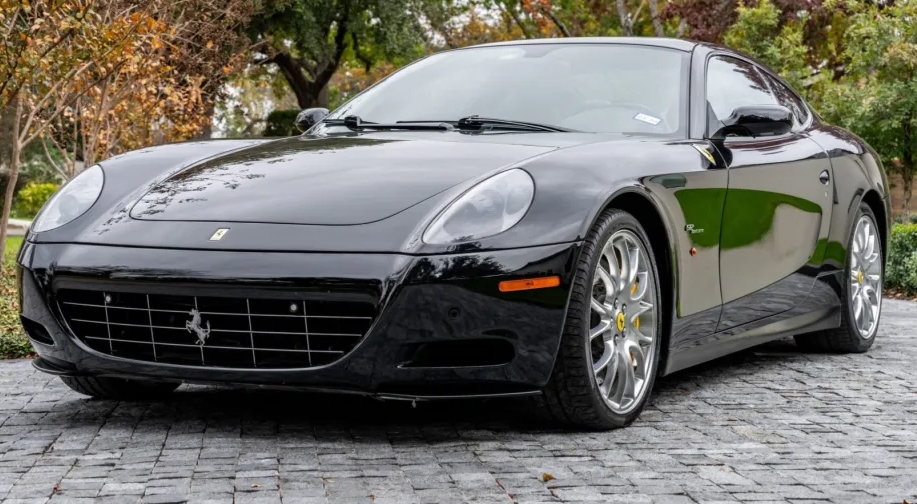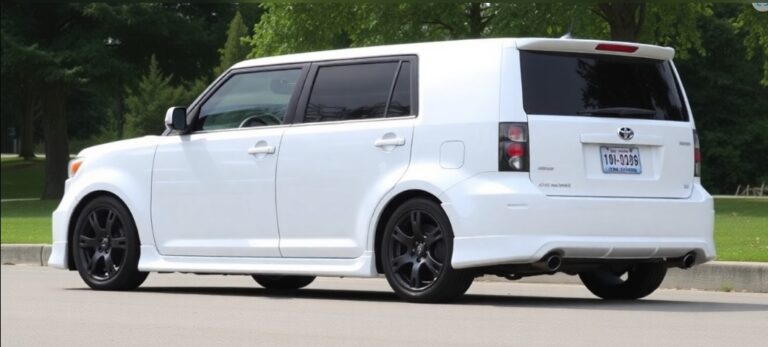The Evolution of the Ferrari 612
The Ferrari 612 Scaglietti stands as a significant model in Ferrari’s grand touring lineup, embodying the brand’s commitment to combining high-performance engineering with luxurious comfort. Introduced in the early 2000s, the 612 was Ferrari’s flagship V12 grand tourer, designed to compete with other ultra-luxury, high-performance cars in its class. Over its production run, the 612 evolved through various updates and special editions, reflecting technological advancements and market demands. This article traces the full history of the Ferrari 612, from its inception to its discontinuation, including all models and trim levels offered.
Introduction and Development (2003–2008)
Origins and Concept
Ferrari unveiled the 612 Scaglietti at the 2002 Paris Motor Show, with production beginning in 2003. Named after Sergio Scaglietti, the legendary coachbuilder and Ferrari collaborator, the 612 was conceived as a full four-seater grand tourer that combined Ferrari’s signature V12 performance with everyday usability and comfort.
Design and Engineering
Designed by Pininfarina, the 612 featured sleek, flowing lines, a front-mid-mounted 5.75-liter (5740 cc) naturally aspirated V12 engine, and a front-engine, rear-wheel-drive layout. The car’s chassis was based on a reinforced steel frame with aluminum panels, emphasizing rigidity and lightweight construction.
Production Timeline
- Production Years: 2003 – 2010 (though the main production span of the 612 was 2003–2008)
Initial Models and Trim Levels (2003-2008)
The early versions of the Ferrari 612 primarily consisted of the base model, but over time, Ferrari introduced several variants and special editions to cater to a broader clientele.
Standard Version: Ferrari 612 Scaglietti (2003–2008)
The core model was simply known as the Ferrari 612 Scaglietti. It was available as a coupe with a 2+2 seating arrangement, emphasizing practicality without sacrificing high performance.
Key Features:
- Engine: 5.75 L Tipo F133 E V12, producing approximately 533 horsepower at 7250 rpm and 434 lb-ft of torque at 5500 rpm.
- Transmission: 6-speed automated manual (F1-style) transmission.
- Performance: 0-60 mph in around 4.2 seconds; top speed approximately 196 mph.
- Interior: Luxurious leather upholstery, advanced electronics, and a driver-focused cockpit.
- Chassis: Aluminum panels with a steel frame, providing excellent rigidity.
Market Position:
The 612 was positioned as a true grand tourer, combining Ferrari’s racing heritage with everyday usability. Its 2+2 seating made it more practical than the typical two-seater Ferrari models.
Special and Limited Editions
During its production run, Ferrari introduced several notable special editions and variants of the 612 to enhance exclusivity and performance.
Ferrari 612 Kappa (2004)
While not an official Ferrari model, the Kappa was a custom-bodied version by Kappa, featuring unique styling and bespoke interior options. However, it was a one-off and not officially part of Ferrari’s lineup.
Ferrari 612 Sessanta (2007)
To commemorate Ferrari’s 60th anniversary, Ferrari launched the 612 Sessanta edition.
- Production Year: 2007
- Limited Production: 60 units
- Features:
- Unique exterior color options, including “Rosso Scuderia” or “Nero Daytona.”
- Special interior trim with bespoke leather and stitching.
- Unique badging and anniversary plaques.
- Performance: Same as standard 612, with minor interior and aesthetic enhancements.
The Sessanta was a celebration model, emphasizing exclusivity and craftsmanship.
Performance and Technological Updates
Throughout its production, the Ferrari 612 received minor updates to improve driving dynamics and comfort.
2006 Update:
- Introduction of F1 SuperFast transmission, an evolution of the initial F1-style gearbox, offering quicker shift times.
- Enhanced electronic stability controls.
- Slight interior refinements, including upgraded infotainment systems.
2007 Model Year:
- Introduction of the F1 SuperFast 2 transmission.
- Optional Carbon-Ceramic Brakes for improved stopping power.
- Exterior tweaks, including new wheel designs and color options.
.
MANY auto lovers not only spend time in their garages to tinker on their autos, but have other projects going on in there as well. Wood working is a popular pastime for the creative type of individual. Not sure what to make next? Or thinking about getting into this kind of hobby? There’s lots of possibilities… Here’s some of them…

.
Discontinuation and Legacy (2008–2010)
The Ferrari 612 was phased out in favor of more modern models, such as the Ferrari FF (Ferrari Four), which adopted all-wheel drive and further advanced technology.
Final Production Year:
- Discontinued: 2010
Total Production:
Approximately 2,000 units of the Ferrari 612 were produced during its lifespan, making it a relatively exclusive vehicle.
Summary of Models and Trim Levels
| Year(s) | Model/Edition | Key Features / Notes |
|---|---|---|
| 2003–2008 | Ferrari 612 Scaglietti | Standard 2+2 V12 Grand Tourer |
| 2004 | 612 Kappa (Unofficial) | Custom-bodied, one-off by Kappa |
| 2007 | Ferrari 612 Sessanta | 60th Anniversary Edition, limited to 60 units |
| 2006–2007 | 612 with F1 SuperFast updates | Transmission and electronics upgrades |
| 2007 | 612 with Carbon-Ceramic Brakes | Optional performance upgrade |
Conclusion
The Ferrari 612 Scaglietti remains a distinguished model in Ferrari’s history, representing the pinnacle of the brand’s grand touring ambitions in the early 2000s. Its combination of a powerful V12 engine, elegant design, and practical seating configuration set it apart from other Ferrari models of its era. Over its production span, the 612 received subtle yet meaningful updates, including transmission improvements and special editions like the Sessanta, which celebrated Ferrari’s rich heritage.
Though it was eventually replaced by newer models embracing technological advancements such as four-wheel drive and hybrid systems, the 612 remains highly regarded among enthusiasts for its classic V12 sound, craftsmanship, and the unique place it holds as Ferrari’s ultimate luxury GT during its era. Its limited production run and special editions ensure it remains a sought-after collector’s vehicle, symbolizing Ferrari’s dedication to blending performance with opulence.







